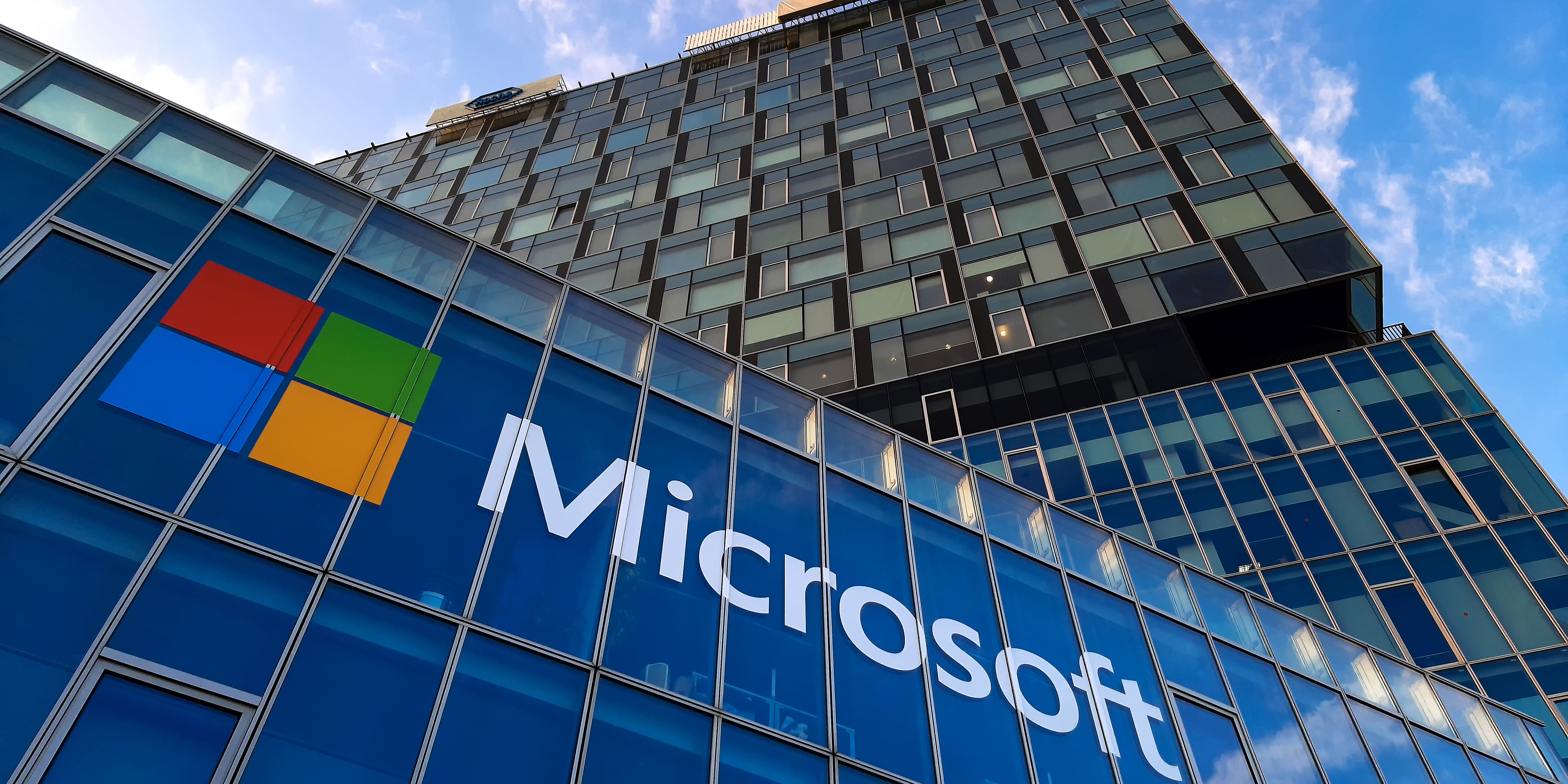Industries We Serve
World Class IT Support & Service
Real People. Right Now.
About Locknet® IT Services
From the first hello, the Locknet® team is dedicated to serving you and your needs.
Real People. Right Now.
From the first hello, the Locknet® team is dedicated to serving you and your needs.


No matter the size of your organization, large or small, chances are you depend on Microsoft software for your day to day productivity; but when it’s time to upgrade, could you confidently determine what’s right for your business?
Simply put, the options can be overwhelming. Not to mention, deciding whether you want to operate in the cloud and pay a monthly recurring subscription or stay on-premise and pay a one-time fee. And if that’s not all, you’ll also need to determine which features you want or need, from applications to additional security to device management and capabilities. All of these choices can seem even more difficult to make.
Never fear; the experts at Locknet® Managed IT are here to help demystify the many Microsoft options on the market today. More, we'll delve into the various platforms, their capabilities and the other options available to you. So, let's get started!
So, what exactly are the options available to you from Microsoft, to enhance your workplace productivity?
With similar names and differing versions of each product; Microsoft Office 2019, Office 365, and Microsoft 365, it can be easy to get confused about the differences between these offerings. In addition to the products, Microsoft licensing can, in fact, be just as challenging. Yet, helping customers navigate these matters is what we do at Locknet® Managed IT. So, here's a high-level overview of Microsoft Office 2019, Office 365, and Microsoft 365 features and their differentiators.
Let's take a look.
Microsoft offers several different packages aimed at its business customers, through Office 365 subscription services. With each subscription service, you will get the security updates you need as well as the latest features and ongoing tech support, all included. The downside is that you may wind up paying ongoing for features you don't really need or want. Office 2019 is quite different, as you will see; a one-time fee you pay upfront provides the basics for a single computer.
This is the least expensive option of the bunch but doesn't provide desktop versions of office applications like PowerPoint, Word, Excel, Access, Outlook, or OneNote. However, you have access to web versions of most of these. If your business has high-speed internet and your team is adept at web-based work, it may be a good choice for you.
This is the flip side of Essentials - instead of mostly web-based applications, Office 365 provides desktop versions of these applications, including Outlook, Word, Excel, PowerPoint, OneNote, and Access. But while you can use this platform to run your current email, it is not hosted through this platform. You will also have access to OneDrive but not SharePoint, so you will not have the SharePoint dashboard features you might like, such as company news and announcements. Industry experts believe Office 365 can be good for small businesses that just want access to the core Microsoft applications.
If you want a hybrid of Office 365's access to desktop versions of applications as well as the web-based services provided through the Microsoft Business Essentials package, this may be the right solution for you. You will also have access to apps that can be handy for small to medium-sized businesses which take appointments, such as appointment scheduling through Microsoft Bookings and collaboration through Microsoft Teams. Unlike Office 365 Business edition, this platform comes with hosted email.
This is the meatiest offering, including all of the 365 Business Premium features and some additional apps, but more importantly, it includes advanced security features and device management capability. This platform includes an automatic upgrade to Windows 10 with Windows Defender and security updates. Security includes mobile device management as well as protection from ransomware, phishing, and data leaks. Whether your organization has an IT department or not, the security features of 365 Business may be an attractive option.
Unlike the Microsoft subscription offerings with a monthly fee per user, Office 2019 is a one-time purchase. With Office 2019, you make a single payment to have the Office apps on a single PC or Mac, including Word, Excel, PowerPoint, and Outlook. Upgrades are not included, unlike the subscription offerings, so when it's time to upgrade, you will pay full price to do so. While prices vary, the Office 2019 Home & Business option costs about $250, while Office 2019 Professional costs about $440.
When it's time to upgrade, it's important to weigh platform functionality as well as your business needs. How to upgrade also hinges on your comfort with Cloud technology, according to our experts at Locknet® Managed IT. Here's their recommended approach.
Not sure which Microsoft product is best for your business? A Locknet Account Executive in your area can help. Call 844-365-4968 today or contact us online to see how we can help you develop your Microsoft strategy.

Onalaska, WI Waterloo, IA Wausau, WI Eau Claire, WI Burnsville, MN
You are now leaving locknetmanagedit.com. Please check the privacy policy of the site you are visiting.